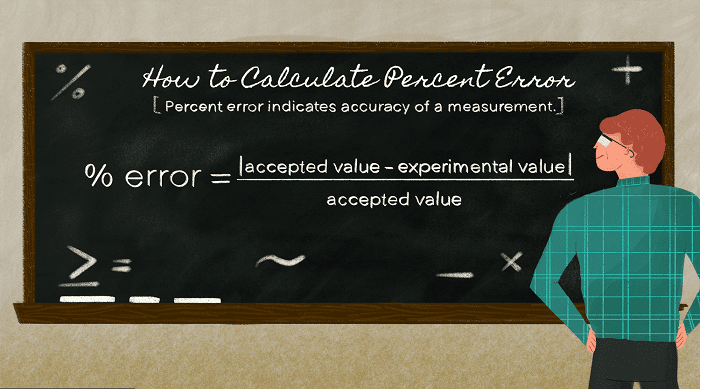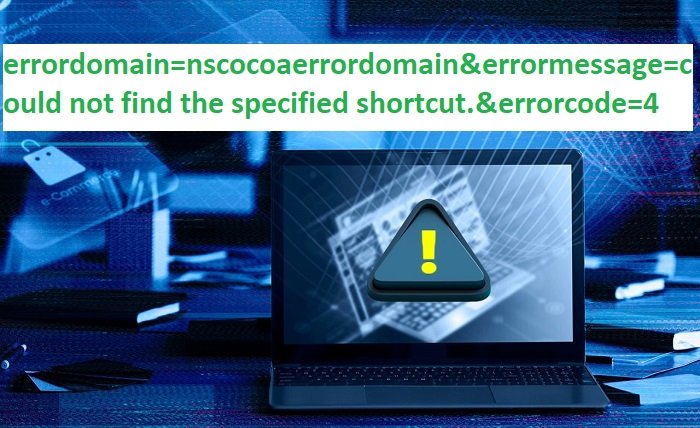Introduction
In scientific and mathematical calculations, accuracy and precision are paramount. One crucial metric used to quantify accuracy is percent error. Percent error is a measure of how close a measured value is to the true or accepted value. However, there’s often confusion about whether percent error can be negative. This blog post delves into the intricacies of percent error, its calculation, and its interpretation, providing clarity on whether it can be negative and what that means for your data analysis.
Percent Error
Percent error is a quantitative measure that represents the difference between an experimental or measured value and an accepted or true value. This metric is expressed as a percentage, making it easy to compare the relative accuracy of different measurements.
The Formula for Percent Error
The formula for calculating percent error is straightforward:
Percent Error=(Measured Value−True ValueTrue Value)×100\text{Percent Error} = \left( \frac{\text{Measured Value} – \text{True Value}}{\text{True Value}} \right) \times 100
This formula highlights the difference between the measured and true values, normalized by the true value, and expressed as a percentage.
Positive vs. Negative Percent Error
Percent error can be either positive or negative. A positive percent error indicates that the measured value is greater than the true value, while a negative percent error indicates that the measured value is less than the true value. Understanding this distinction is crucial for interpreting the results of your calculations correctly.
Can Percent Error Be Negative?
Yes, percent error can be negative. This occurs when the measured value is less than the true value. The sign of the percent error provides additional information about the direction of the discrepancy between the measured and true values.
Interpreting Negative Percent Error
A negative percent error indicates an underestimation in the measured value compared to the true value. This information is valuable in identifying potential biases or errors in measurement techniques or equipment. For instance, if a scale consistently gives a negative percent error, it may indicate that the scale is not calibrated correctly and is underreporting weights.
Examples of Percent Error Calculations
Example 1: Positive Percent Error
- Measured Value: 105
- True Value: 100
Percent Error=(105−100100)×100=5%\text{Percent Error} = \left( \frac{105 – 100}{100} \right) \times 100 = 5\%
This result indicates that the measured value is 5% higher than the true value.
Example 2: Negative Percent Error
- Measured Value: 95
- True Value: 100
Percent Error=(95−100100)×100=−5%\text{Percent Error} = \left( \frac{95 – 100}{100} \right) \times 100 = -5\%
This result indicates that the measured value is 5% lower than the true value.
Common Mistakes in Calculating Percent Error
When calculating percent error, it’s essential to use the correct values in the formula. Common mistakes include:
- Confusing the measured value and the true value.
- Forgetting to multiply by 100 to express the error as a percentage.
- Neglecting the significance of the sign (positive or negative) of the percent error.
Applications of Percent Error in Various Fields
Percent error is widely used across various scientific disciplines, including physics, chemistry, biology, and engineering. In each field, it serves as a critical tool for assessing the accuracy and reliability of experimental results.
Physics
In physics, percent error helps in evaluating the precision of measurements such as distance, speed, and force.
Chemistry
In chemistry, percent error is used to assess the accuracy of measurements of chemical concentrations, reaction yields, and other quantitative data.
Biology
In biology, percent error can evaluate measurements in experiments involving growth rates, enzyme activity, and other biological processes.
Engineering
Engineers use percent error to ensure that their measurements and calculations meet the required precision for designing and testing various structures and systems.
Reducing Percent Error in Experiments
Minimizing percent error is crucial for obtaining reliable data. Here are some strategies to reduce percent error:
- Calibration: Regularly calibrate measuring instruments to ensure accuracy.
- Repeat Measurements: Take multiple measurements and calculate an average to reduce random errors.
- Environmental Control: Control environmental factors that might affect measurements, such as temperature and humidity.
- Proper Technique: Use proper techniques and procedures to avoid systematic errors.
Conclusion
Percent error is a fundamental concept in scientific and mathematical calculations, providing a quantitative measure of accuracy. It can be positive or negative, with each sign indicating the direction of the discrepancy between the measured and true values. By understanding and correctly interpreting percent error, scientists and engineers can enhance the precision and reliability of their measurements, ultimately leading to more accurate and trustworthy results.
FQAs
Q1: What does a negative percent error indicate?
A negative percent error indicates that the measured value is less than the true value, suggesting an underestimation in the measurement.
Q2: Is it better to have a positive or negative percent error?
Neither is inherently better; both provide valuable information about the measurement’s accuracy. The goal is to minimize the absolute value of the percent error.
Q3: Can percent error be zero?
Yes, a percent error of zero indicates that the measured value is exactly equal to the true value, representing perfect accuracy.
Q4: How can I improve the accuracy of my measurements?
Improving accuracy involves using calibrated instruments, repeating measurements, controlling environmental factors, and following proper techniques.
Q5: Why is understanding percent error important?
Understanding percent error is crucial for evaluating the reliability and accuracy of measurements, identifying potential biases, and improving experimental procedures.





